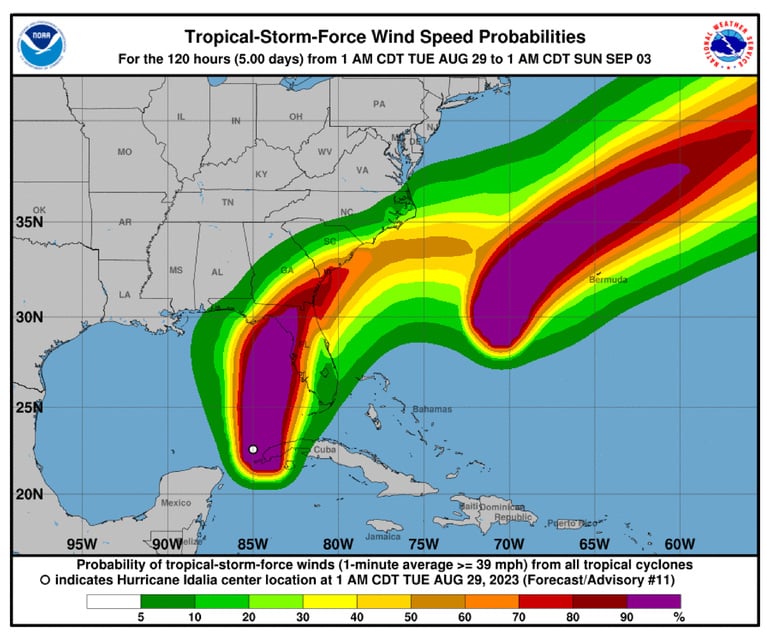The National Oceanic and Atmospheric Administration (NOAA)recently installed five buoy stations off of the East and Gulfcoasts and the Caribbean as part of the expansion of the U.S.tsunami warning system.
|Referred to as Deep-Ocean Assessment and Reporting of Tsunami(DART), the latest buoy stations were placed near New Orleans, La.,Charleston, S.C., Miami, Fla., and San Juan, Puerto Rico. Thesystem was designed and built by the NOAA to provide real-timetsunami detection as waves travel across the open ocean.
|The tsunami warning system will not prevent propertydestruction, but could help prevent the large-scale loss of lifesuch as that which occurred in South Asia in 2004 when a tsunamikilled more than 250,000 citizens and tourists. Insurance claimpayments were limited to five billion, largely due to sparseinsurance coverage in the affected areas.
|“These buoys are a first line of defense,” said ConradLautenbacher, undersecretary of commerce for oceans and atmosphereand NOAA administrator. “The DART stations are an advancedtechnology that will help to protect densely populated, highlyattractive tourist destinations in these regions as well as protecttheir significant economic resources.”
Want to continue reading?
Become a Free PropertyCasualty360 Digital Reader
Your access to unlimited PropertyCasualty360 content isn’t changing.
Once you are an ALM digital member, you’ll receive:
- All PropertyCasualty360.com news coverage, best practices, and in-depth analysis.
- Educational webcasts, resources from industry leaders, and informative newsletters.
- Other award-winning websites including BenefitsPRO.com and ThinkAdvisor.com.
Already have an account? Sign In
© 2024 ALM Global, LLC, All Rights Reserved. Request academic re-use from www.copyright.com. All other uses, submit a request to [email protected]. For more information visit Asset & Logo Licensing.








